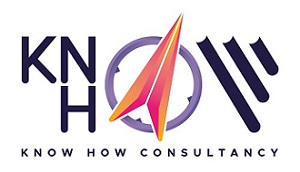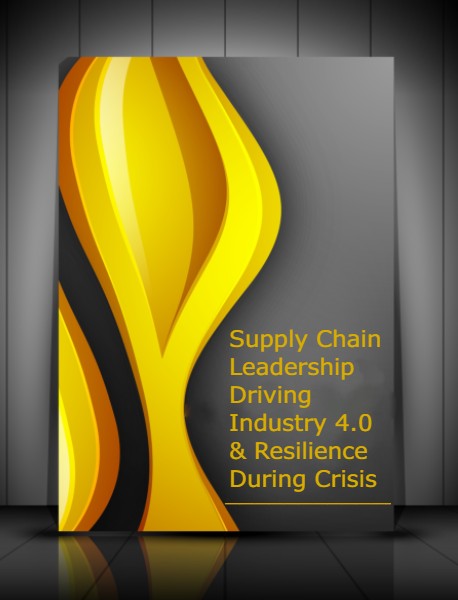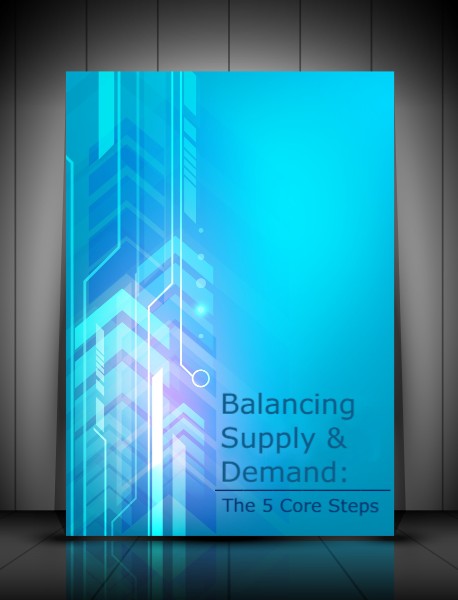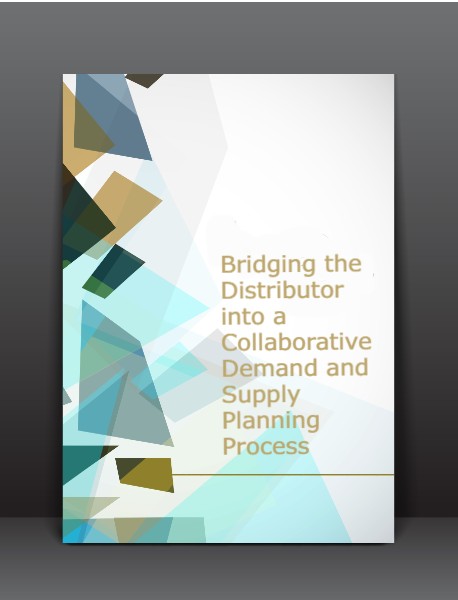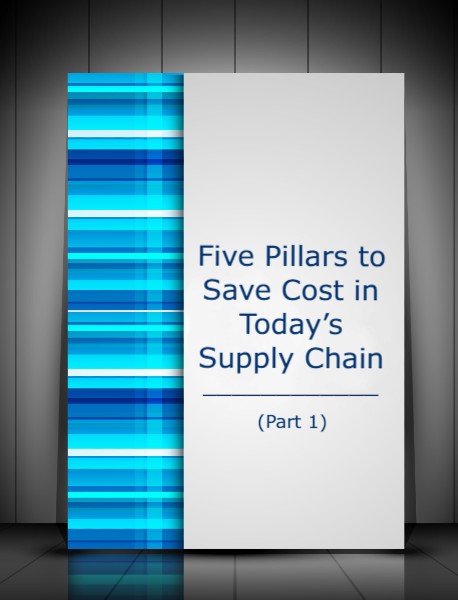
Five Pillars to Save Cost in Today’s Supply Chain (Part 1)
In an increasingly competitive marketplace, managing expenses becomes more difficult each passing day. Cost management has been more of imperative action to accomplish financial objectives. Inter alia supply chain is one of the most important fields for companies to look into and to save cost.
Today’s supply chain is not only complex, but also volatile, fragile and limited to foresee future, and difficult to envisage its’ impact to business. Regardless of the industry, supply chain challenges have a direct impact on financial results, and cannot be solved overnight. For instance, suppliers have massive difficulties in managing:
- Lead times for timely production,
- Man power for minimum labour cost,
- Procurement of raw materials at upstream level
- Production efficiently to produce more with less
- Inventory levels for optimum availability and minimum obsolete stock
- Logistics operations for timely delivery to consumers or to partner companies
On the other hand, retailers’ supply chain is also considerably complex and needs proper management of:
- Lead times at DC and/or store level
- High stock turn on the shelf for space utilisation
- Shelf availability for sales
- Product variety for customer satisfaction
- Low price for competitive advantage
- Forecast for minimum waste and maximum sales
They are only some of the challenges that companies come across in the supply chain and the list can be extended further. To gain competitive advantage and maintain profitability it is vital for companies to minimise costs. In the first part of this article, I will recommend three key pillars that can help practitioners to save cost. In part two, I will share the rest of two key pillars all of which I learnt during my several years’ experience in practice.

- SET GOALS (BUT HAVE A PLAN)
IF YOU FAIL TO PLAN, YOU PLAN TO FAIL! – DANZEL WASHINGTON
To manage your supply chain in an efficient and effective manner, first thing first is to set goals. Team in supply chain needs to know what are the goals that should be devoted to win through. However, setting goals needs a realistic but challenging approach, and it should not be more than five. The more goals you have, the more de-motivating and longer it is to achieve. Also, goals should not only be doable in existing situation, but also to be measurable, and time-based.
Setting goals is not enough, you need to have a plan. Supply chain is complicated, and it calls for advance preparation to cope with volatile changes in demand at downstream- and upstream level; unexpected customer needs; and to handle environmental factors, such as competitors’ new launch of products or aggressive discounts etc. This compels supply chain managers to set a concreate plan for his/her team to follow through for each goal, set to be achieved in a specific time period. Once goals and plan required to follow to achieve goals are ready, continuous review and feedback within the department will ease the cycle to deal with drawbacks and complexities.
In 2007-2008. coffee-shop giant Starbucks had been through a massive supply chain pain in terms of improving ability of supplying to its 16,700 outlets. At that time, sales were also not performing well and their supply chain cost was over $ 75 million. When the supply chain team dived into the details and investigated the rationale for increasing cost and reducing performance, the disclosures were: (1) only less than 50 perfect of outlet deliveries were on time, (2) poor decisions have been made in outsourcing which in turn increased 3PL expenses, and (3) continuously evolving supply chain of Starbucks came to a very complex situation.
As a remedy to minimise the massive supply chain cost of the coffee-shop giant, the leadership team set three main objectives: (1) re-structure supply chain, (2) reduce cost to serve, and (3) design the groundwork for the future supply chain. And then these gaols have been followed up with proper plan, where Starbucks splitted its functions to three as “plan-make-deliver”. By the time, when Starbuck completed its transformation, saving was more than $500 million at the end of 2010, most of which came from supply chain according to Peter Gibbons, Executive Vice President of Global Supply Chain Operations.

2. CENTRALISE
Perspicuously supply chain consists of a broad network covering suppliers, production facilities, warehouses designed to acquire raw materials, DCs, stores and distribution of products among the markets to reach consumers. The entire process is not only driven by demand, but also affected by complexities occurred in logistics and distribution, which in turn prevent the optimisation of whole chain. One of the major scantiness in supply chain is lack of integration within and among the organisations.
Focusing on internal supply chain here, for instance, having access to and exchange of information, employing multiple decision makers, who are operating under different objective functions, unsynchronised plans and diverse IT systems are only some the reasons giving rise to dilemma limiting to operate under a single mission.
For instance, in 2000 IKEA decided to move from decentralised to centralised supply chain, covering its networks of suppliers, DCs, stores and freight forwarders. In the old system of IKEA, each region and store was having valid decision-making power, and high degree of freedom in terms of planning and replenishment. While some regions were overestimating demand, some were suffering from stock-outs. By the time being both obsolete and excess inventory problems were occasioning massive costs to IKEA.
In the meantime, since forecasting was made at regional level, each area was using different forecasting methodologies. When it comes to capacity planning, each function was trying to optimise their operation, but this attempt was sinuously causing imbalanced supply chain (e.g. long/short lead times, excess/low stock). The usage of different IT systems at the regional level was also limiting transparency and synchronisation of information at the strategic level.

With a new centralised supply plan, IKEA achieved to have a one common supply chain plan which led to drive united objectives at global level. Since the reliability of plan increased, efficiency in production, logistics and replenishment increased while obsolete inventory reduced and the stock levels decreased to optimum level. Due to centralisation, IKEA reduced its work force in planning and improved its delivery performance at DC and store level, in addition to increased forecast accuracy.
In essence, benefits of centralised supply chain are not limited to cost saving. Centralisation eases the standardisation of processes, improves bargaining power for procurement, enhances visibility at strategic level, reduces number of suppliers and duplication at work, which in turn helps optimising labour cost while customer service improves. But, there are some prerequisites needed for companies to centralise the supply chain. IT investment, for instance, is an imperative action to be taken to coordinate flow of data and products in a timely and accurate manner, along with simplifying decision-making process. If your company is managed with highly bureaucratic leadership, delays are likely to occur in decision making. This directly causes cost in supply chain.
From a different perspective, centralisation needs loyal employees to be expertise in specific field and to contribute your business for long-term. To achieve this, it is essential for organisations to invest in human resources and training programs.

3. COLLABORATE
COMING TOGETHER IS BEGINNING; KEEPING TOGETHER IS PROGRESS; WORKING TOGETHER IS SUCCESS! – HENRY FORD
There are plethora of research highlighting the value of collaboration for partner companies. When it comes to collaborating with another organisation, companies mostly think that they can only collaborate with the ones, which are in trade with. Absolutely not! To advocate this, it is worthwhile to mention about Coca-Cola and Heinz collaboration that was built to produce bottles made from 100 percent plant-derived materials and plant residues. Coco-Cola and Heinz initiated collaboration to use a common bottling factory to achieve joint goal. Both parties made collaborative investment to the project to achieve their common goal. In the end, their collaboration not only helped reducing cost of production, but also waste and energy consumption by 20 percent, along with reduced carbon-footprints by 12 to 19 percent.
In the fast pacing and volatile market, suppliers and retailers should seek efficiencies anywhere they can through whole supply chain to minimise cost. For instance, reduction in inventories, outsourcing, development of 2nd or 3rd tier partnerships and partnering with third-party logistics providers to transfer to and/or share cost / risk with other parties. Collaboration is the key enabler to achieve this in this regard, but it entails continuous commitment from parties to ensure they can synchronise their common objectives. Furthermore, transparency in decision making, continuous information sharing, common IT infrastructure, support of top-management are among the main needs to get benefit from collaboration.
In conclusion, this article is the first part of “Five Pillars to Save Cost in Today’s Supply Chain”, and recommends three pillars for practitioners, namely (1) Set Goals (but Have a Plan), (2) Centralise, and (3) Collaborate.
First pillar calls for the necessity of setting realistic, challenging, measurable and time-based goals, which are not recommended to be more than five, due to the risk of de-motivating people and in case of failure of some goals loss of trust may appear in the organisation. Key path in achieving goals comes from development of a solid plan, with continuous review, feedback and improvement.
Centralisation is the following pillar recommending to synchronise supply operations under one umbrella. Given the complexity of supply chain, decision making is always better when operations are centralised. But, it is requisite for the organisation to improve and standardise processes, invest in human resources and train his employees.
Collaboration is the last pillar of part one, which recommends organisations to collaborate with not only at upstream- and downstream-level partners, but also with third parties, such as 3PL organisations upon joint goals and objectives to minimise cost on supply chain.
References:
Jonsson, P., Rudberg, M., Holmberg, S. (2013), “Centralised supply chain planning at IKEA”, Supply Chain Management: An International Journal, Vol. 18, No. 3, pp. 337-350.
For citation:
Eksoz, C. (2020), “Five Pillars to Save Cost in Today’s Supply Chain (Part 1)”. The Official Journal of The Logistics & Supply Chain Management Society. Iss. 43, January 2020: 21-25.
